In this article we look at our final two key concepts to enhancing motivation in our students and providing a premise for us to stay on track and committed to our students’ progress.
Here’s a brief recap of what we covered in the first two articles: “Number One Reason Pilates Students Don’t Stay Motivated & What We Can Do About It Today” and Part 1 of this series.
We talked in-depth about the effects of unacknowledged, unrealistic and clearly articulated expectations, and we established that there are 4 Key Concepts, when promoted in our daily teaching, create greater and sustainable motivation.
Those Key Concepts are:
- Intention: Setting a foundation for starting over (empathy)
- Core Commitments: Being versus doing (values)
- Discrepancy: Realistic assessment of progress (perception)
- Self-efficacy: Proof of success (experience)
In Part 1 of this series we explored intentions and core commitments, including ways we could employ these ideas in our teaching, in our studio environments and share them with our students.
Today we are looking at the last two elements, discrepancy and self-efficacy, which go hand in hand and directly relate to our ability to assess, re-assess, track and appropriately share our findings with our students. This way we can acknowledge their progress and highlight the closing gap between where they started and where they are headed.
The concepts of discrepancy and self-efficacy come from a method used in rehabilitative treatment programs called Motivational Interviewing. Based on years of research, founders of the method, William Miller and Steve Rollnick, were able to identify the primary tools that would lead to change in people with substance abuse issues.
I’ve worked with this method in a myriad of ways and incorporated it into my 12- and 24-month mentoring program as a foundation for helping teachers create businesses that are flourishing and sustainable. I know these tools work because I’ve even used them on myself 😉
Discrepancy: Realistic assessment of progress (perception)
Discrepancy is the difference between two things or two points. In the Pilates environment we can focus on the difference between where a student is at any given moment in their practice (Point A) and their short- and/or long-term goals (Point B).
The first thing required of us is that we assess where our students are starting. This DOES NOT have to be complicated, it just has to be measurable, clear and trackable.
Here are my top five tips for creating an assessment strategy that WORKS:
- Keep it SIMPLE – Whatever you do, keep it simple. And do the same damn thing EVERY time. There is no need to make it hard on yourself. Tap into what you feel like is most important to know about your students both for your teaching and their progress.
Use your expertise and the things that are relevant to your teaching style.
DO pick 2-4 things that you can ACTUALLY MEASURE. Ideas:
- Standing postural assessment where you measure the deviations between key boney points IE. center of ear to shoulder from the side, center of kneecap to center of 2nd and 3rd toes.
- Measure ribcage expansion using a measuring tape. Always measure pre or post session.
- Measure hamstring length with a standard sit and reach test.
- Measure spinal extension in a prone position by looking at the distance between the floor and the center of the sternum.
- Measure abdominal strength by how low the legs can be lowered to the ground with the low back staying imprinted.
- Measure leg rotation standing on the Functional Footprints.
- Stick with WHAT YOU KNOW – Again, stick with your skills, talents and expertise. Don’t try to do something new. Honestly anything will work as long as it’s relevant to the progress you expect to make within the work and you are consistent.
- Pick ONE thing as a focus – Identify your overarching goal for your teaching. Perhaps you want to first and foremost enhance balanced range of motion in your students and no matter what they come in with or what their goals are that’s your philosophy. In this case you’d want to likely focus on testing the major joint ROM as a part of your assessment. Everything else can fall under that ONE thing.
Or maybe you are all about building strength and that’s what your students come to you for. You’d do more strength testing. You might have a rehab or spinal pathology focus. Create your assessment (keeping it simple and sticking to what you know) revolve around this ONE thing.
- ASK QUESTIONS to verify your assessment – As you are assessing it’s important to ask leading questions that will help you verify whether or not what you see or suspect is also the student’s experience. You don’t need to do this with everything, but if you see a drastic postural issue or deviation (IE. scoliosis beyond 10 degrees, flat feet, knocked knees, forward head greater than 1.5 inches) you will want to inquire whether or not the student has injured an area, had pain, or been diagnosed with a suspected condition. Be VERY thoughtful about this last one. You don’t want to label your student and it is NOT within your scope of practice to diagnose.
Usually I will ask first about injury and sensation to see what the student’s internal experience might be. This often leads to them divulging information they forgot to mention on their intake.
- Be in AGREEMENT with your student’s assessment of themselves – You want to ALWAYS note what the student says their experience is in particular the area you are measuring so that when you reassess you can use their own words and the discrepancy has greater weight and value to them not just to you.
For example, if you see a significant forward head and rounded shoulders, find out what kind of ROM they have turning their head right to left or if they experience pain or discomfort while turning, flexing or extending. Write down the student’s EXACT words so you can help them compare their later experience. I call this the “compare and contrast.” Also have accurate and solid data (consistent in the way you derive a measurement) so that the discrepancy is more direct and likely to be noticed by the student.
Next, we must KNOW what their goals are and keep track of them! This may seem very simple, but more often than not we spend very little time unearthing short- and long-term goals — having our students simply write down their goals on a piece of paper, never digging into what they are really after — and then immediately or quickly forget and get narrowly focused on what WE are trying to do or what WE want to accomplish.
Facilitating a strong sense of discrepancy in our students means that point B has to be very clear, well-articulated and honest. Sometimes our students don’t even know what they want or they only have a vague idea, but it’s not specifically linked to their life or their deepest desires. It’s our responsibility to ask questions that will reveal what our students are after in a way that has meaning to them.
Question Ideas:
- Ask your students what they miss doing?
- What is their pain preventing them from doing that feels like it diminishes their quality of life?
- What do they hope to do someday that their physical health is preventing them from doing?
- What would it feel like to be as vital and vibrant as possible? What would they be capable of then?
- What activities, trips, etc. do they have coming up that they want to prepare for?
- What daily activities are they currently prevented from doing that if by doing them would make everything else easier or unnecessary?
Not only write down the goals for you to have and track, write them down for the student to keep and look at every day.
One last thing. Set specific dates for reassessing progress. Tell your student and build anticipation. Keep talking about where you are going and why. Remind your student of where they want to go and find ways to tie into it everything they do. Be careful not to beat it to death, but DO make it a common thread.
How do you actually show discrepancy?
It can happen at any moment as long as you use the specific Point A and Point B comparison. But it happens most powerfully when you reassess the original measurements or qualities. The better you are at offering proof, the greater self-efficacy you promote.
Self-efficacy: Proof of success (experience)
Whereas discrepancy is the tool you use to articulate the distance between Point A and Point B, self-efficacy is the result of a positive result, measurement or a closing of the gap. The more you close the gap and can offer proof (that your student can experience) the more empowered they feel and believe that change is actually possible AND that THEY have something to do with it.
This is a little bit of a personal style thing as you will want to find ways to offer proof regularly – throughout a session potentially and definitely through a series of sessions regardless of the actual assessment. However, significant proof is offered during your reassessment and in relationship to specific goals.
As a point of reference, here are some of the ways I tend to offer proof:
- Ask leading, Student-Centered questions –
- Can you feel how this is different than what you were doing/experiencing last week/time we did this exercise?
- Are you able to say what feels different about this exercise now as compared to last time/last month/the first time? (This is also a good way to establish or reinforce discrepancy.)
- I noticed that you’re making the transition between x and y much more smoothly, can you feel how it’s different? Yes? How?
- Can you see how this exercise is improving your walking/squatting/climbing stairs? This is crucial to reaching your goal of x.
- Pointing out improvement and getting agreement –
- I am so impressed by how you are doing x. Can you feel the difference between when we first started this exercise and now?
- Exclaiming/proclaiming progress –
- Look at how you are able to do all five abdominal exercises now! Do you remember just 2 weeks ago when you had to rest between each one?
As I said, you have to find your own way, but whatever you do do it regularly and with the intention of bridging the gap between Point A and Point B and offering proof.
The most important thing to me in all of this is that you make it EXPLICIT, INTENTIONAL, and use all 4 Key Concepts CONSISTENTLY!
Like with all tools, you take the things that make sense to you and that you can easily integrate. I encourage you to re-read this article in a few days and/or print it out and go through it (and potentially the other preceding articles) with a highlighter. Choose ONE piece to begin with. Ask yourself where could you get the most bang for your buck right now. Then perhaps you make a plan for implementing ONE other thing each week or month depending on if you are trying to get others to also use the tool or just playing with it yourself.
AND I am totally here if you need some help. Call me! Let’s chat about how you can make the biggest difference with this work.
P.S. If you are looking for a way to get your students to practice more outside of the studio, check out the upcoming 30- and 66-day Online Student Practice Programs/Challenges I’m leading beginning November 30th.
If you are teacher you can encourage your students to get involved (you’d get to join for free if you’re a studio owner or if you refer 3 or more students). Or become an affiliate and earn $17 per student who signs up and participates in the program.
Get all the details HERE >>>
View the course registration page HERE >>>
P.P.S. If you are considering joining as an affiliate, email me at chantill@skillfulteaching.com and I’ll invite you into the preview course so you can see everything your students will experience in the first 30 days.


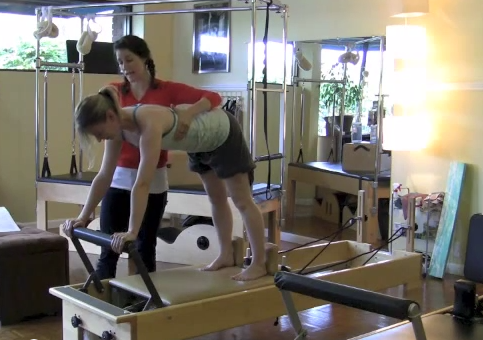
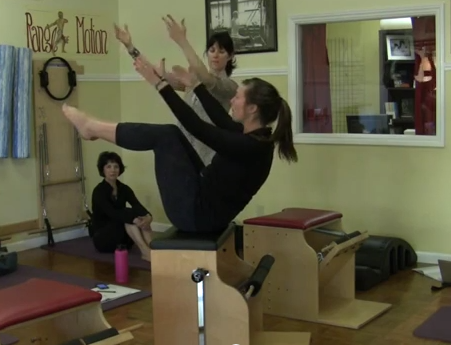
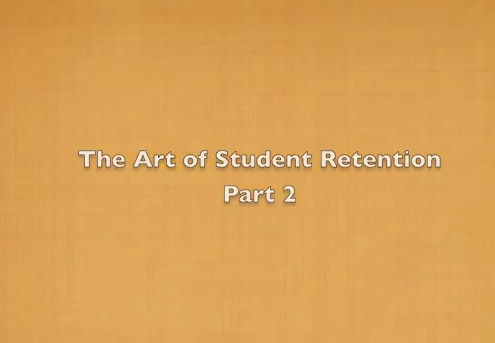
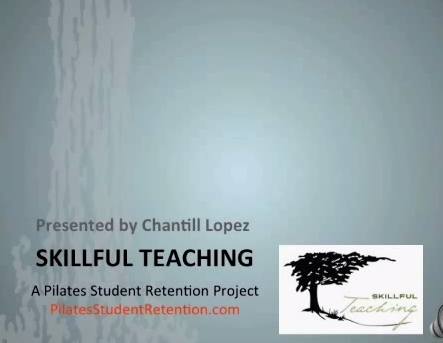
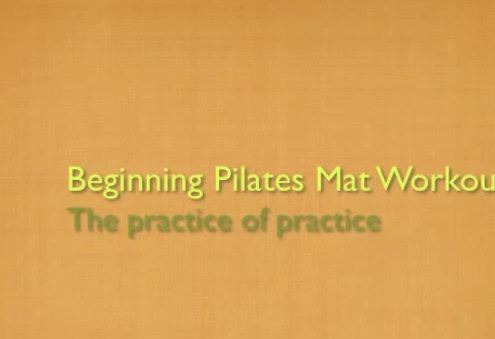
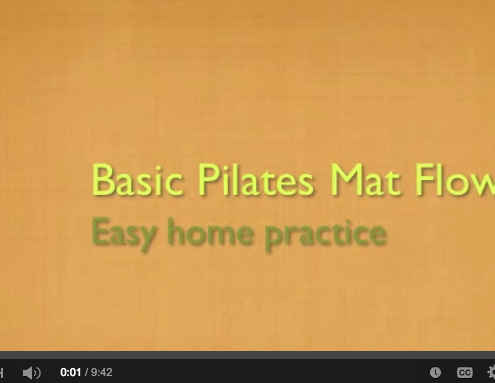




 How are you showing up? Why are you showing up? Why do you teach? What IS teaching? Why do you care? This is Skillful Teaching: A Whole-person approach to being an expert teacher, not an expert technician. There's a difference. Want to know what it is?
How are you showing up? Why are you showing up? Why do you teach? What IS teaching? Why do you care? This is Skillful Teaching: A Whole-person approach to being an expert teacher, not an expert technician. There's a difference. Want to know what it is?